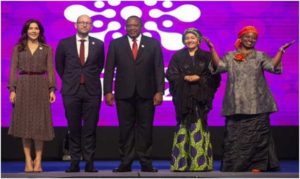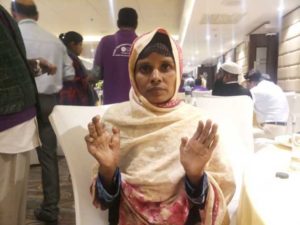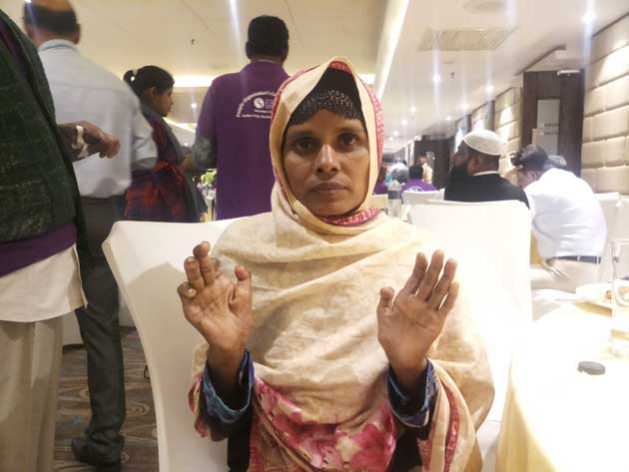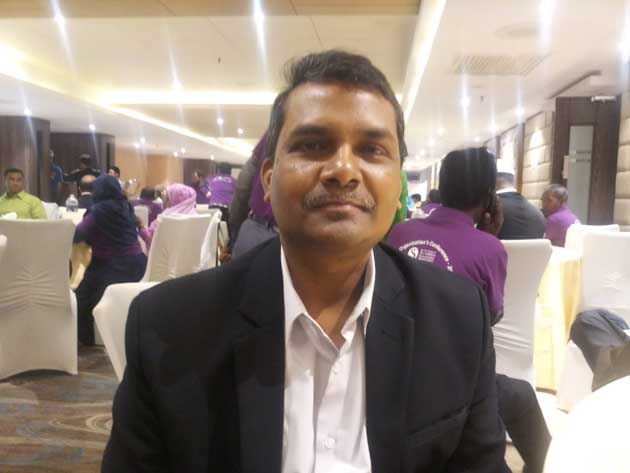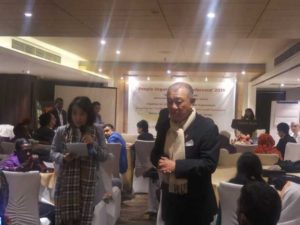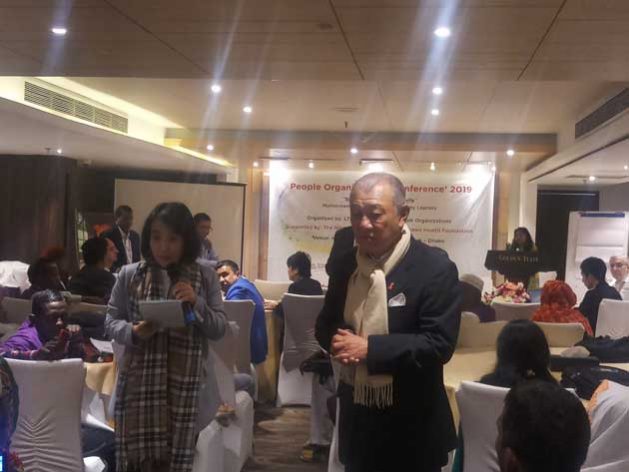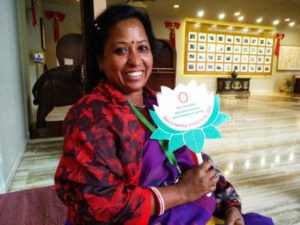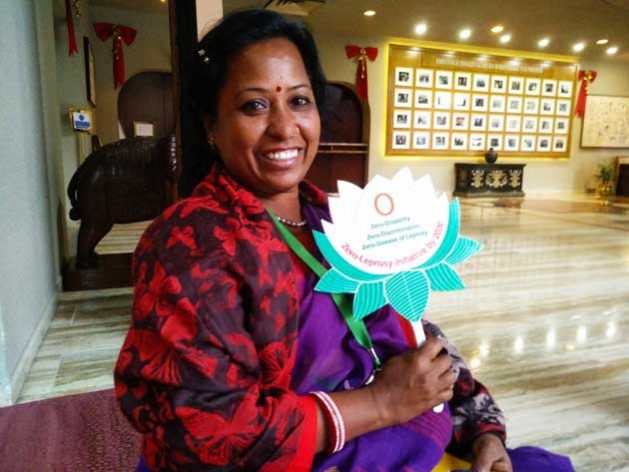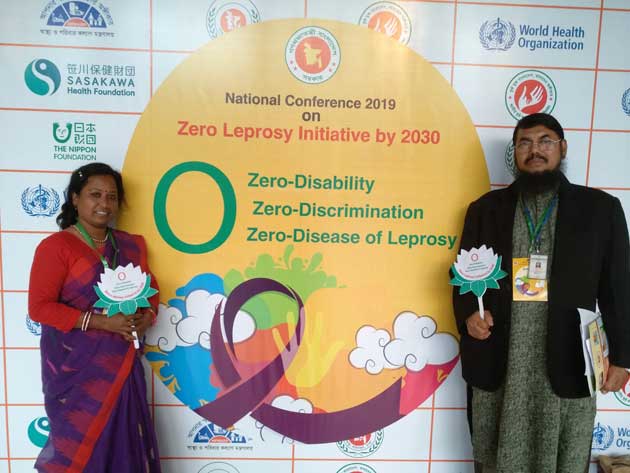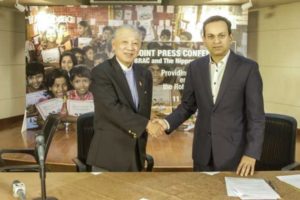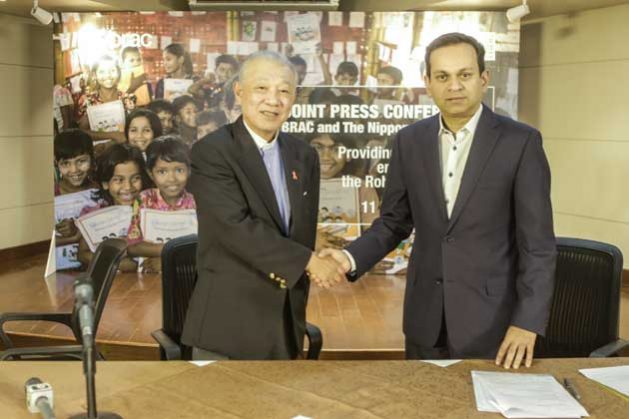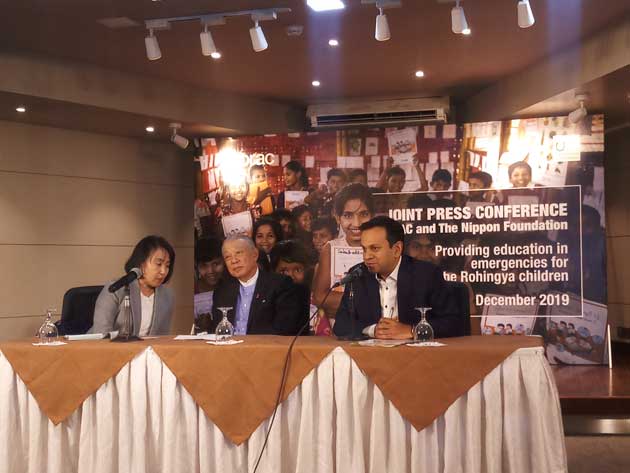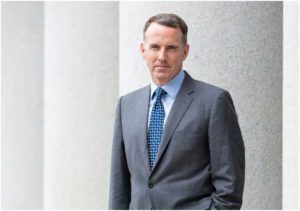
Civil Society, Editors’ Choice, Environment, Featured, Global, Global Governance, Headlines, IPS UN: Inside the Glasshouse, Population, Poverty & SDGs, TerraViva United Nations
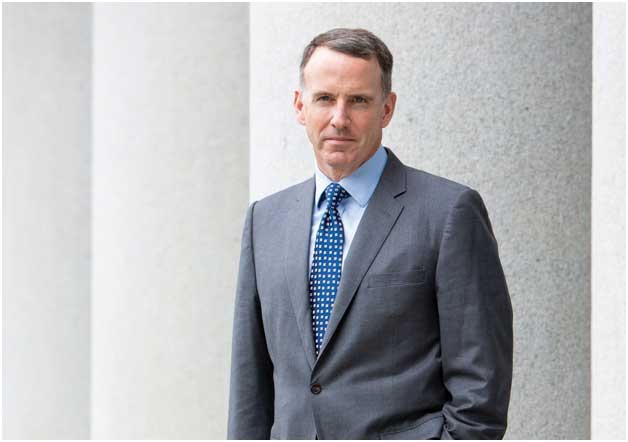
Chris Wellisz. Credit: Porter Gifford
– Growing up in New York City in the 1970s, Edward Glaeser saw a great metropolis in decline. Crime was soaring. Garbage piled up on sidewalks as striking sanitation workers walked off the job. The city teetered on the edge of bankruptcy.
By the mid-1980s, it was clear that New York would bounce back. But it could still be a scary place; there was a triple homicide across the street from his school on the Upper West Side of Manhattan. Glaeser was nevertheless captivated by New York’s bustling street life and spent hours roaming its neighborhoods.
“It was both wonderful and terrifying, and it was hard not to be obsessed by it,” Glaeser recalls in an interview at his office at Harvard University.
Today, that sense of wonder still permeates Glaeser’s work as an urban economist. He deploys the economist’s theoretical tool kit to explore questions inspired by his youth in New York.
Why do some cities fail while others flourish? What accounts for sky-high housing costs in San Francisco? How does the growth of cities differ in rich and poor countries?
“I have always thought of myself as fundamentally a curious child,” Glaeser, 52, says. Rather than “pushing well-established literature forward,” he seeks to comprehend “something that I really don’t understand when I start out.”
While still a graduate student at the University of Chicago, Glaeser made his mark as a theorist of the benefits of agglomeration—the idea that dense and diverse cities are hothouses of innovation, energy, and creativity that fuel economic growth.
In the years since, his work has ranged across a breathtaking variety of subjects, from rent control and real estate bubbles to property rights, civil disobedience, and carbon emissions.
“For a couple decades now, Ed has been the leading thinker about the economics of place,” says Lawrence Summers, a Harvard professor who served as director of the National Economic Council under US President Barack Obama. “And the economics of urban areas are increasingly being seen as central to broad economic concerns.”
Glaeser and Summers are collaborating on a study of the hardening divide between well-educated, affluent coastal regions of the United States and islands of economic stagnation in what they call the “eastern heartland,” the interior states east of the Mississippi River.
There, in cities like Flint, Michigan, the proportion of prime-age men who aren’t working has been rising—along with rates of opioid addiction, disability, and mortality.
How can policy help? Traditionally, economists have been skeptical of the value of place-based policies like enterprise zones that offer tax breaks to investors, saying it is better to help people, not places.
People, they assumed, would move to where the jobs were. But labor mobility has declined in recent decades, partly because of high housing costs, partly because demand for relatively unskilled factory work has diminished.
Breaking with economic orthodoxy, Glaeser and Summers say that the federal government should tailor pro-employment measures, such as reducing the payroll tax or increasing tax credits to low earners, to fit the needs of economically distressed areas such as West Virginia. They also make the case for boosting investment in education.
As a Chicago-trained economist, Glaeser is a strong believer in the magic of free markets and opposes measures that distort incentives. “I have always been against spatial redistribution, taking from rich areas and giving to poor areas,” he says. “That doesn’t mean that you want the same policies everywhere.”
Urban economics seemed like a natural pursuit for Glaeser. His German-born father, Ludwig, was an architect who taught him how the built environment shapes people’s lives. His mother, Elizabeth, was an asset manager who introduced him to economics. Glaeser recalls how she used the example of competing cobblers to explain marginal cost pricing.
“I remember thinking what an amazing and fascinating thing it is to think about the impact of competition,” he says. He was 10 years old.
In high school, Glaeser excelled at history and mathematics. As a Princeton University undergraduate, he considered majoring in political science before choosing economics, seeing it as a path to Wall Street.
But dreams of a career in finance ended with the stock market crash of 1987, just as he started job interviews. So he opted for graduate school, because “it didn’t seem like I was cutting off many options,” he says.
“Then I got to Chicago, and that was when I really fell in love with economics.”
Glaeser keeps a framed photograph of himself with Gary Becker, the Chicago economist and Nobel prize laureate. Becker taught him that the discipline’s conceptual tools could be used to explore topics that had once been the domain of fields like sociology or anthropology—topics like racial discrimination, fertility, and the family.
“It was that sense of the creative side of economics that could work on a virtually unlimited canvas and try to make sense of any problem that you thought was important—that was the part that was so exciting to me,” Glaeser says.
At the time, Chicago economists Robert Lucas and Paul Romer were developing the so-called endogenous growth theory, which focused on the role of innovation and the exchange of ideas in economic development.
As Glaeser recalls it, Lucas pointed to cities as places where knowledge spillovers occur—meaning people can benefit from other people’s ideas without paying for them. Think of a city like Detroit early last century, where Henry Ford used his experience as chief engineer at the Edison Illuminating Company to start his automobile business.
That concept inspired a groundbreaking 1992 paper, “Growth in Cities.” Glaeser and three co-authors set out to use cities as a laboratory in which to test the new growth theories. Using 30 years of data covering 170 US cities, they found that local competition and diversity, rather than specialization, are the prime motors of urban growth.
The paper instantly made Glaeser a star and earned him a job offer from Harvard.
Glaeser “showed that urban variety, not specialization in one particular thing, was a big driver of employment growth,” says Joseph Gyourko, a professor at the University of Pennsylvania’s Wharton School and a longtime collaborator. “It was Ed’s first really well-cited article, so it did start him on his path.”
Gyourko and Glaeser started working together in the early 2000s, when Glaeser took a year’s sabbatical at Penn. They wondered why some cities, such as Detroit, declined so slowly, and why so many people stayed instead of moving elsewhere. They hit upon a simple answer: housing is durable, and as cities slump, it becomes cheaper to live there.
That insight prompted a related question: Why is housing so much more expensive than the cost of construction in cities like New York and Boston? The answer: land-use restrictions limit density, curbing the supply of housing and driving up prices. It was basic economics, yet until then, urban economists hadn’t focused on the role of regulation.
Glaeser argues that excessive regulation is destructive of the very essence of urban life—density. Cities thrive on the creativity that occurs when people living cheek by jowl exchange ideas and know-how. Sunbelt cities like Houston have grown because an easy regulatory environment keeps housing inexpensive.
To economists like Glaeser, building and zoning regulations are a tax on development. Some level of tax makes economic sense, because construction imposes costs on residents in the form of noise, congestion, and pollution.
But overly stringent regulation, often pushed by residents who want to keep out newcomers and protect their property values, can make housing unaffordable for most people.
Glaeser is similarly skeptical of historic preservation rules, to the dismay of followers of Jane Jacobs, the legendary critic of urban-renewal projects who celebrated the lively street life of New York’s old ethnic neighborhoods.
Glaeser is a big Jacobs fan—he owns an autographed copy of her 1961 classic, The Death and Life of Great American Cities—but argues that her efforts to oppose development in Greenwich Village were at odds with her support for low-income housing.
“I believe that many of our oldest buildings are treasures,” he says. “But don’t simultaneously pretend that that’s a route toward affordability. Affordability is created by mass-produced cheap housing or mass-produced cheap commercial space. And you might not like it aesthetically, but that is the affordable route.”
In 2000, Glaeser published “Consumer City,” a paper he wrote with Jed Kolko and Albert Saiz. In it, he took the concept of agglomeration a step further, arguing that people are drawn not only to the opportunities that cities offer, but also to amenities such as theaters, museums, and restaurants.
“We know that cities can attract the disproportionately young and innovative,” says Richard Florida, a professor of urban studies at the University of Toronto. “Ed was identifying the factors driving that, this whole idea that cities are not only places of production, but places of consumption.”
Glaeser laments policies such as the mortgage interest deduction, which encourages people to buy homes rather than rent apartments; highway subsidies, which make it easier to drive to the suburbs; and a school system that disadvantages inner-city students.
Such policies, he argues, not only are antiurban but also contribute to climate change, because city dwellers, who live in smaller homes and use mass transit, consume less electricity and gasoline than their suburban counterparts.
Surprisingly, he and his wife, Nancy, who have three children, decided to move to the suburbs of Boston several years ago. To Glaeser, it was a perfectly rational decision: the suburbs offer more living space, better schools, and a reasonably fast commute.
Already well known in academia, Glaeser started to reach a broader audience with the publication in 2011 of his bestselling book, Triumph of the City, a lively study of urbanization from ancient Baghdad to modern Bangalore.
His eloquence and enthusiasm make him a sought-after speaker at academic forums and TED Talks. Invariably, he is impeccably attired in well-pressed suits and preaches the gospel of urbanization in crisp, rapid-fire sentences.
Despite his celebrity, he takes teaching seriously. Rebecca Diamond, who attended his advising sessions as a graduate student, said he was generous with his time. “He taught me perspective and not to get too stuck in the weeds,” says Diamond, who now teaches at Stanford University and stays in touch with Glaeser.
Developing-world cities are his latest passion. True to form, he sees them as relatively uncharted territory, neglected both by urban economists, who focus on advanced-economy cities, and development economists, who concentrate on rural areas. They are also growing fast, and their physical and institutional infrastructure are works in progress, so economists’ policy advice can have an impact.
“The ability of economists to make a difference by getting engaged is just very large,” he says. “So, I think it is the new frontier.”
It also takes him to interesting places. His latest research project, with Nava Ashraf and Alexia Delfino of the London School of Economics, took him to the markets of Lusaka, Zambia, to study barriers to female entrepreneurship.
They found women are more likely to go into business if the rule of law is strong enough to help overcome inherently unequal relations with men.
Like Jane Jacobs, Glaeser is big believer in observing what he sees around him. “You don’t really understand a city until you’ve actually walked in the streets,” Glaeser says.
“That’s what makes Ed a first rate applied theorist,” says Gyourko. “You’ve got to get your hands messy in the data. Sometimes data is just walking around.”
While researching Triumph of the City, Glaeser explored places like Mumbai’s Dharavi quarter, which was a “completely magical experience.” Among the world’s most densely populated places, Dharavi hums with entrepreneurial energy, with potters, tailors, and other craftsmen working side by side in cramped, ill-lit quarters.
At the same time, unpaved streets, polluted air, and open sewers are reminders of the downsides of density. But Glaeser doesn’t bemoan the poverty of such places; on the contrary, he says cities attract the poor precisely because they offer opportunity. For the developing world, urbanization is the best path to prosperity.
“For all of their problems, amazing things are happening in India and sub-Saharan Africa and Latin America,” Glaeser says. “And things obviously don’t always go the right direction, but cities have been working miracles of collaboration for thousands of years, and whenever I go to a developing-world city, it is obvious to me that the age of miracles is not over.”
Opinions expressed in articles and other materials are those of the authors; they do not necessarily reflect IMF policy.

